Hello 👋
I’m a scientist and postdoctoral research fellow at the NASA Jet Propulsion Laboratory, and a science team member on the Europa Clipper Magnetometer instrument.
I apply AI/ML across space plasmas, ocean worlds, ionospheres and magnetospheres, space weather prediction, and the search for life in the solar system.
Previously, I was postdoctoral research associate and fellow at the National Institute of Polar Research (国立極地研究所) in Japan. I have a PhD in space physics from the UCL Mullard Space Science Laboratory and in 2023 I was awarded the UCL Alan Johnstone Prize for Outstanding Scientific Achievement.
Please drop me a line if you’d like to learn more. sachinalexanderreddy[at]gmail.com
Research 🪐
Ocean Worlds
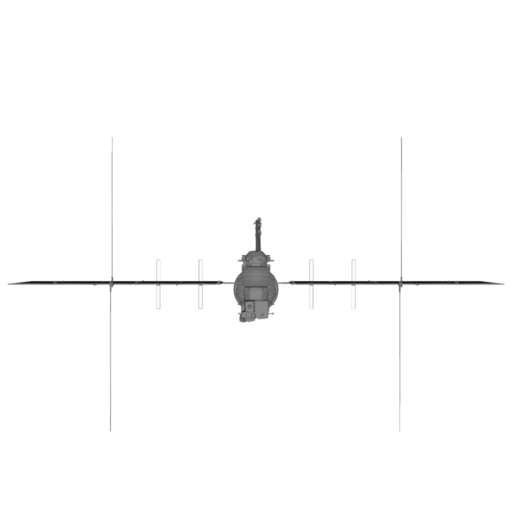
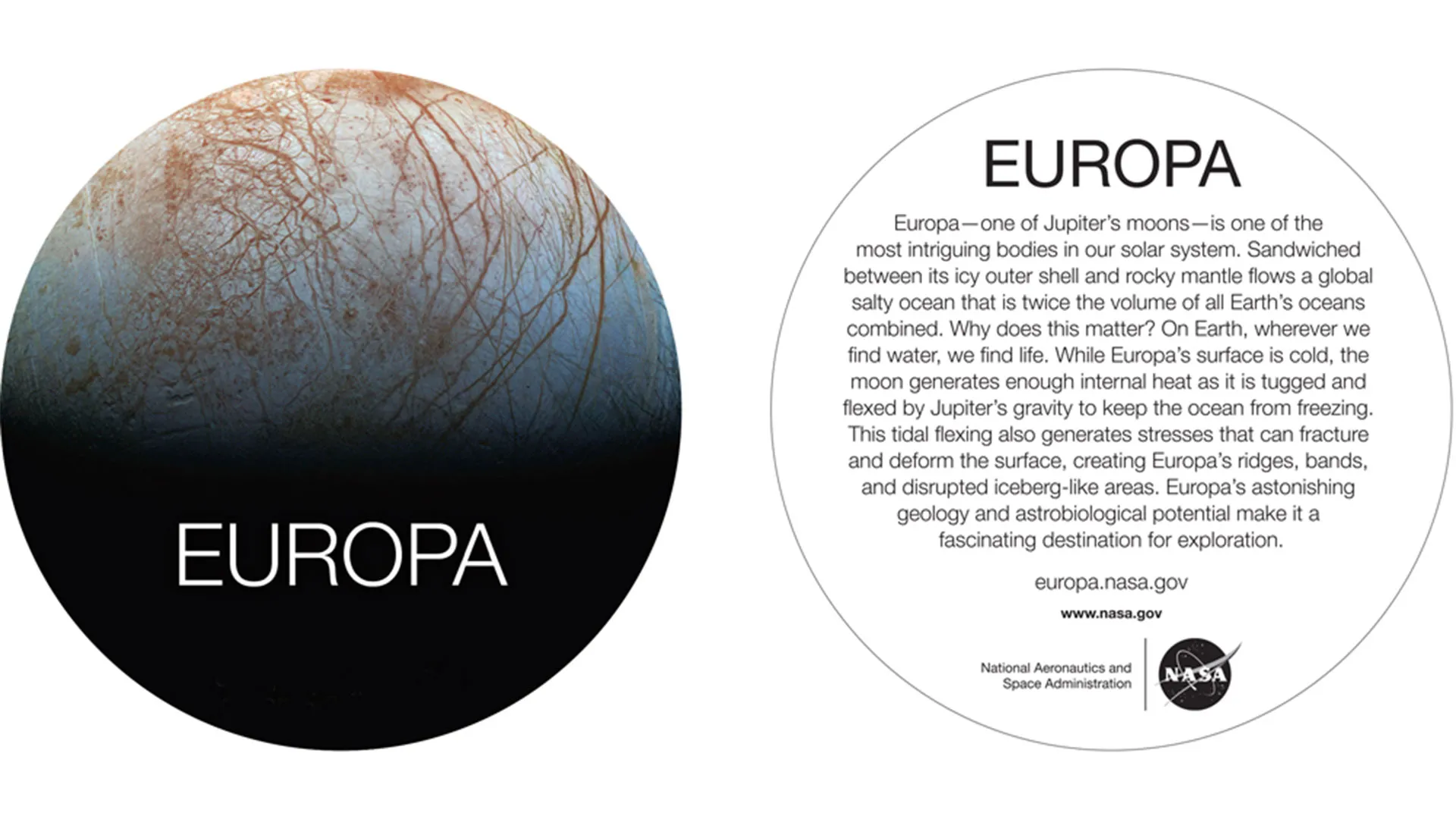
AI surrogates enable us to rapidly characterize ocean worlds such as Europa in the search for life beyond Earth. This speed-up also helps with mission planning, operations, and novel scientific analysis.
Explainable AI
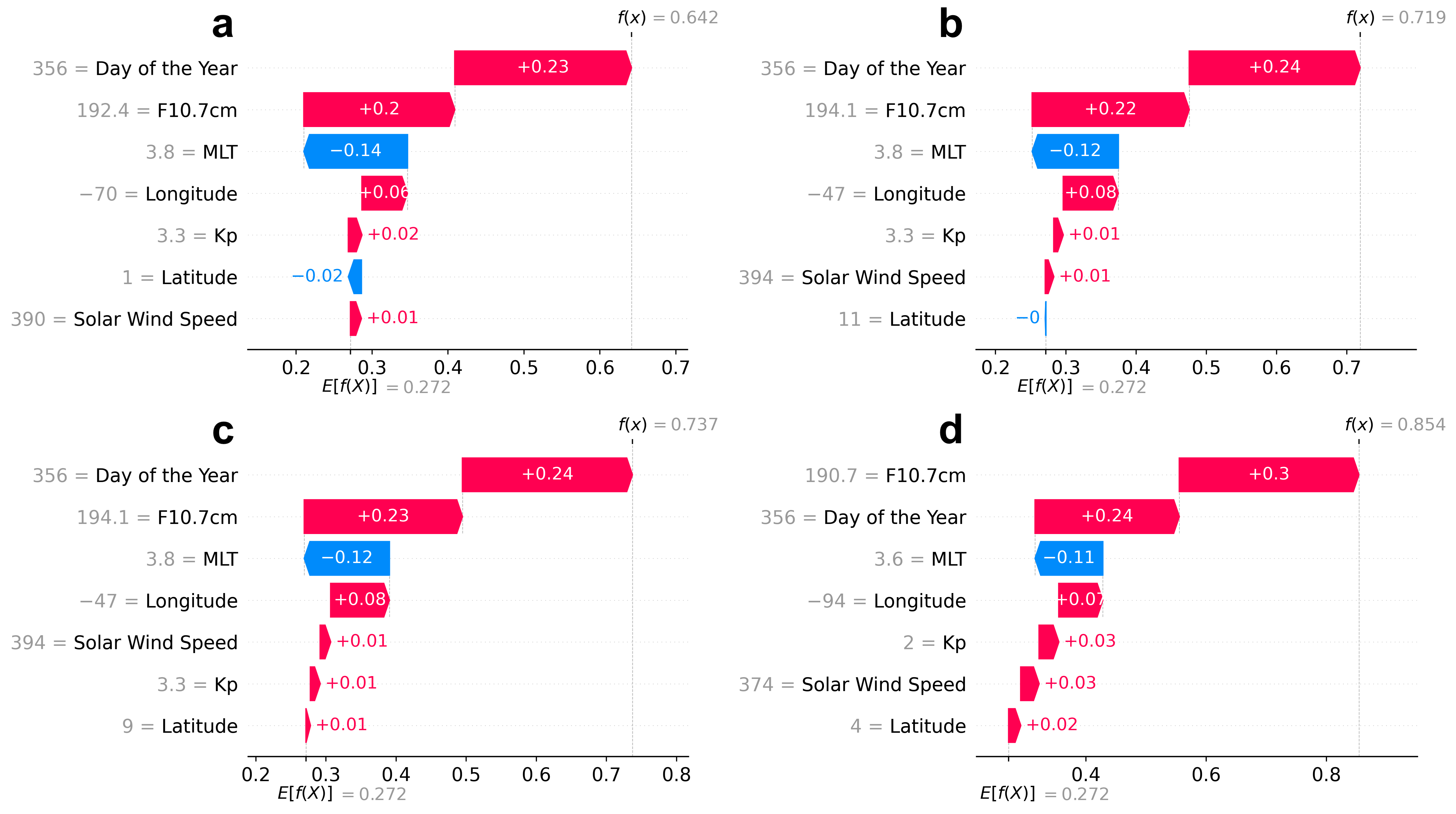
Applied game theory techniques help us understand the predictions of AI systems. We want to ask our models: "How and why did you make that decision?". By understanding how they reason we can advance science whilst ensuirng AI is ethical and safe.
Space Weather
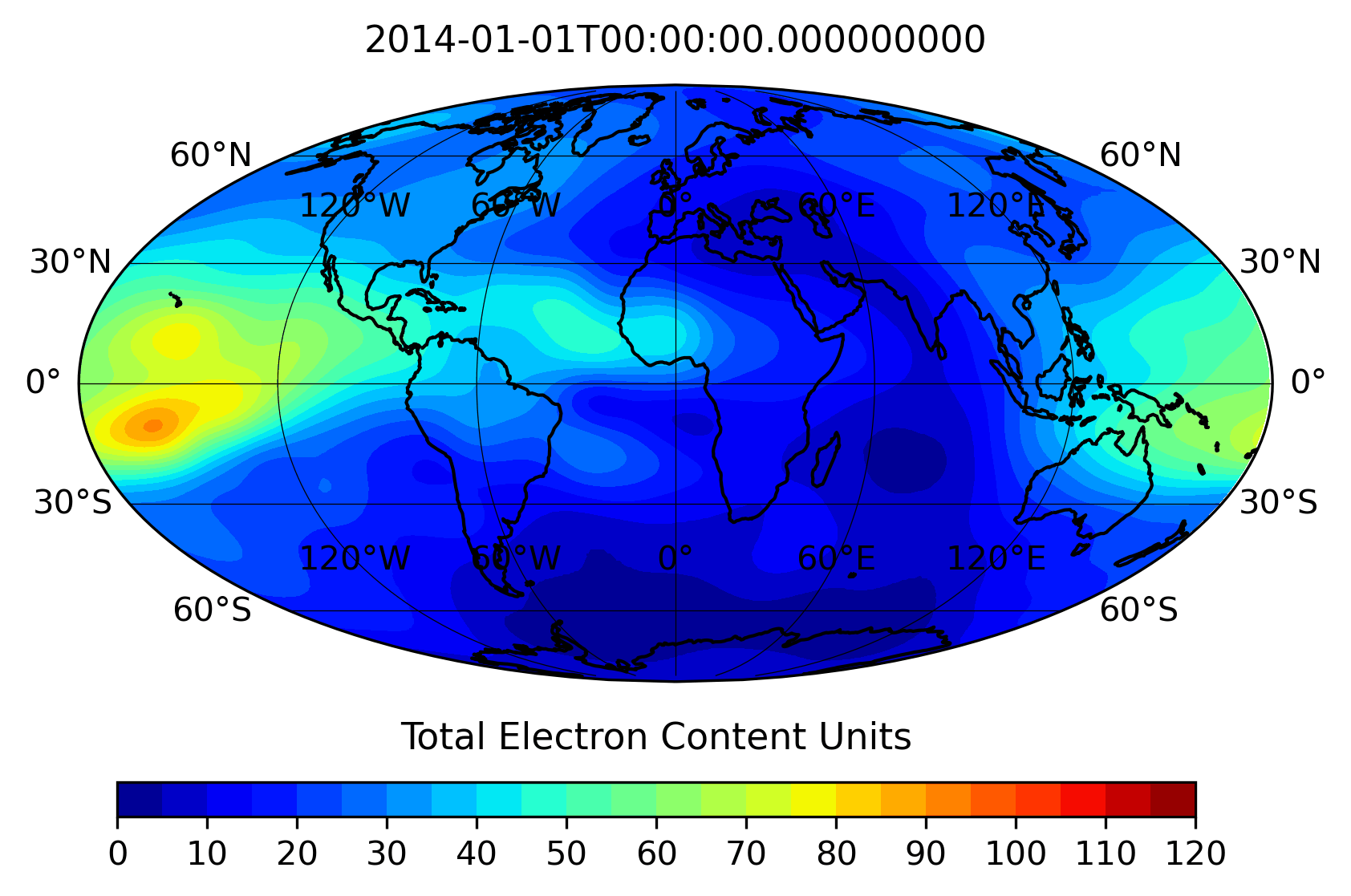
ML methods are accurate and run near instanteously, allowing us to model thousands of potential scenarios for the space weather effects on Earth. A large space weather event could cost the global economy up to $1tn dollars a year.
Aurora Borealis
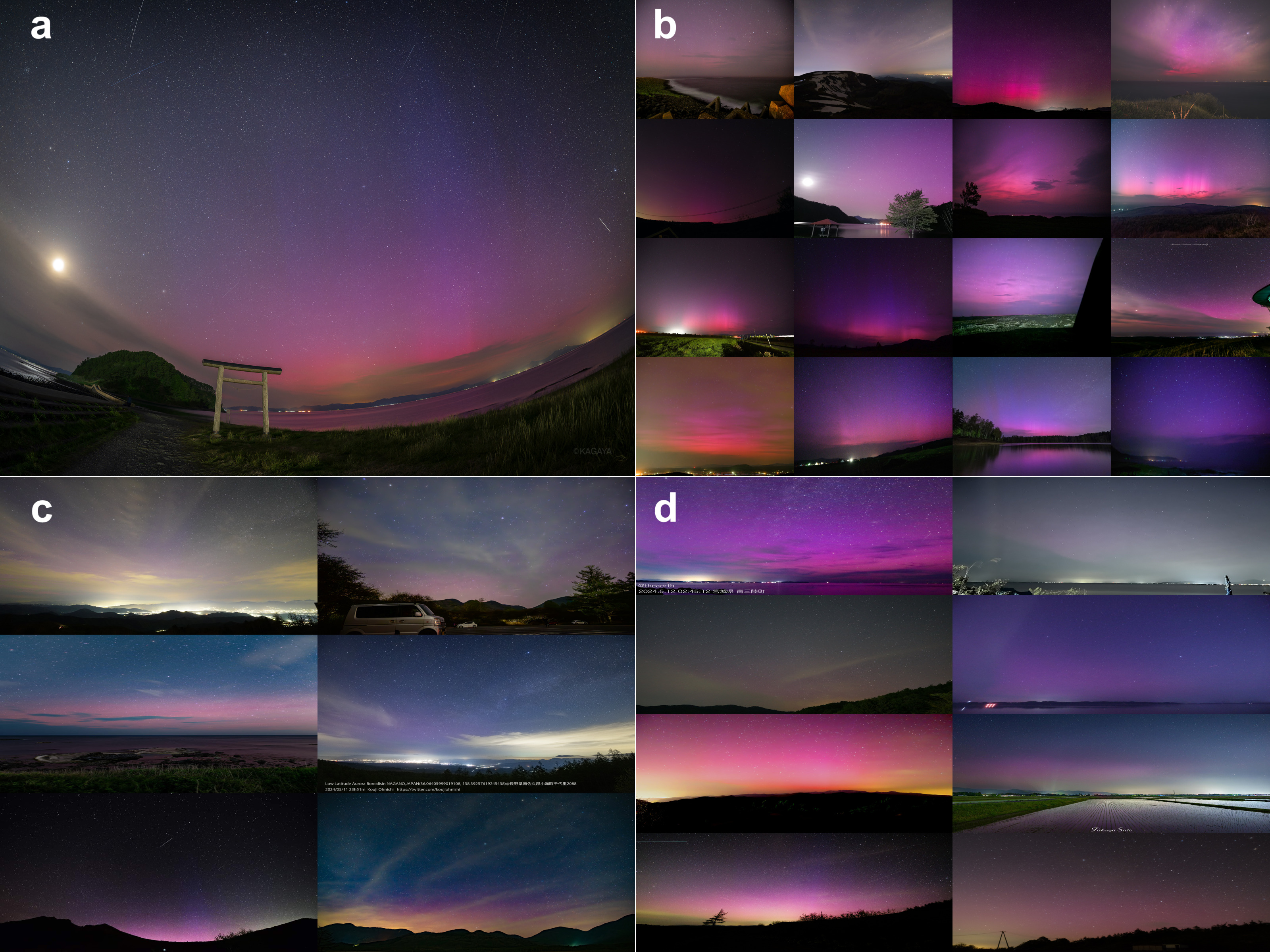
In May 2024, a major geomagnetic storm and coronal mass ejection triggered vivid magenta auroras across Japan. The colour came from red and blue emissions mixing high in the atmosphere. Though dazzling, such storms can distort GPS signals, increase satellite drag, and induce electrical surges in power grids.
© 2025 by Sachin Alexander Reddy. Views are my own.
